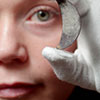What a few weeks it has been! A little bit of everything, but nearly all of it involving silver, in one way or another.
I and my colleague Martin Goldberg, Curator of the museum’s Early Historic collections, were invited to Dublin to attend the opening of the National Museum of Ireland’s new ‘Treasury’ display. This was a fantastic opportunity for us to see a brand new display of Ireland’s best Early Historic collections. Among the stars are the silver Christian chalices from Ardagh and Derrynaflan. And while we were in Dublin we took the opportunity to visit the Book of Kells – not the first time for either of us, but such a special experience.
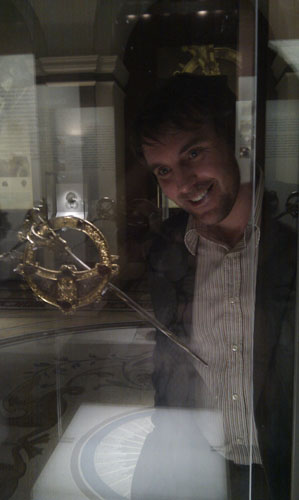
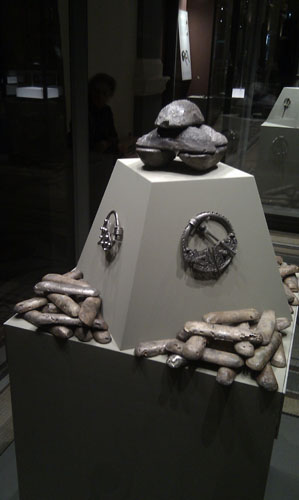
Back in Edinburgh and we spent time with our colleagues in the Museum’s Conservation and Analytical Research department, continuing our research strand on Early Historic Scottish silver artefacts. Here you can see one of the massive silver chains being analysed. This piece of equipment can help us examine the composition of the silver, and build up a better understanding of how the use of silver changed over time.
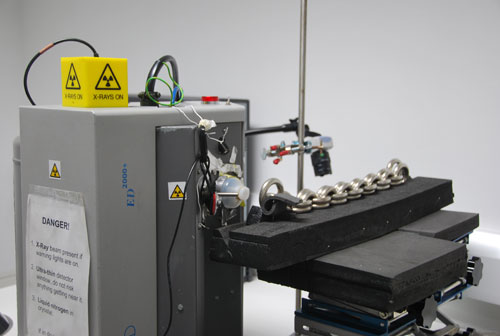
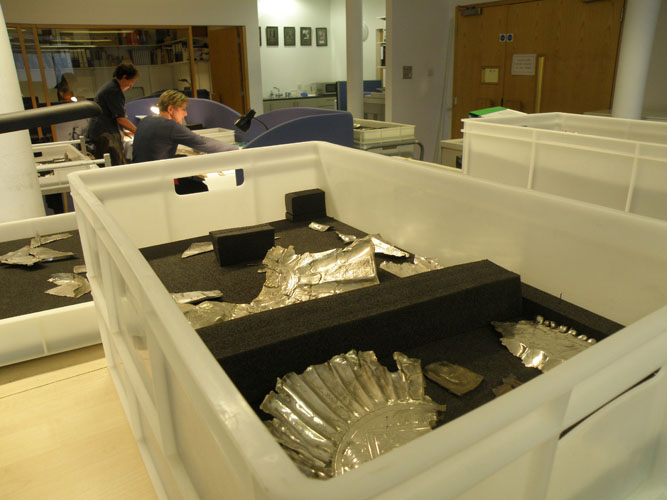
Then, somewhat of a surprise, I found myself doing some family history research – looking into the life of the person who, in the early 19thcentury, found one of Scotland’s most important Early Historic discoveries – the hoard of silver from Norrie’s Law in Fife. We’re working hard pulling together fragments of information about this hoard, trying to better understand how it was found, as well as improving our understanding of the objects themselves.
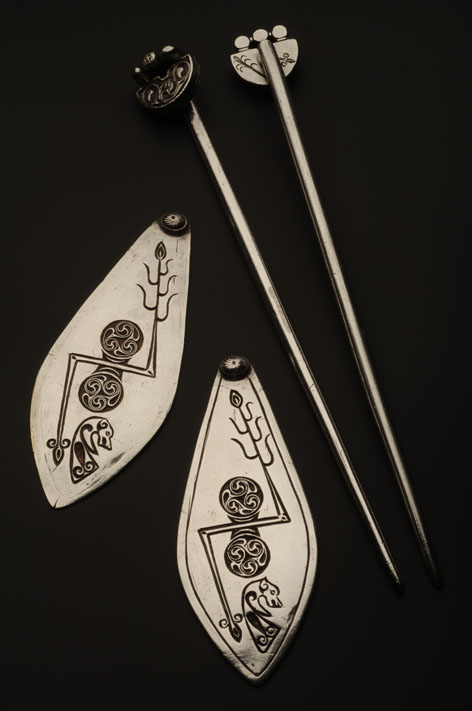
I’ve also had the pleasure of a happy hour talking to silversmiths, colleagues in the museum, and international silver specialists, in order to try to get to the bottom of quite how some our surviving archaeological treasures were made. And next week I’ll be back in the laboratory with more silver objects, using a variety of pieces of equipment to test some of the theories that we came up with.
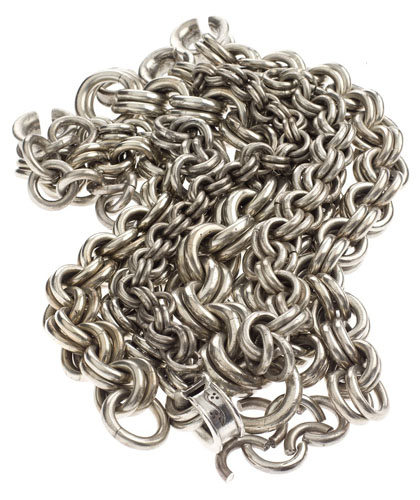
Truly, silver is the new gold! Or, it might have been in the Early Historic period anyway.
